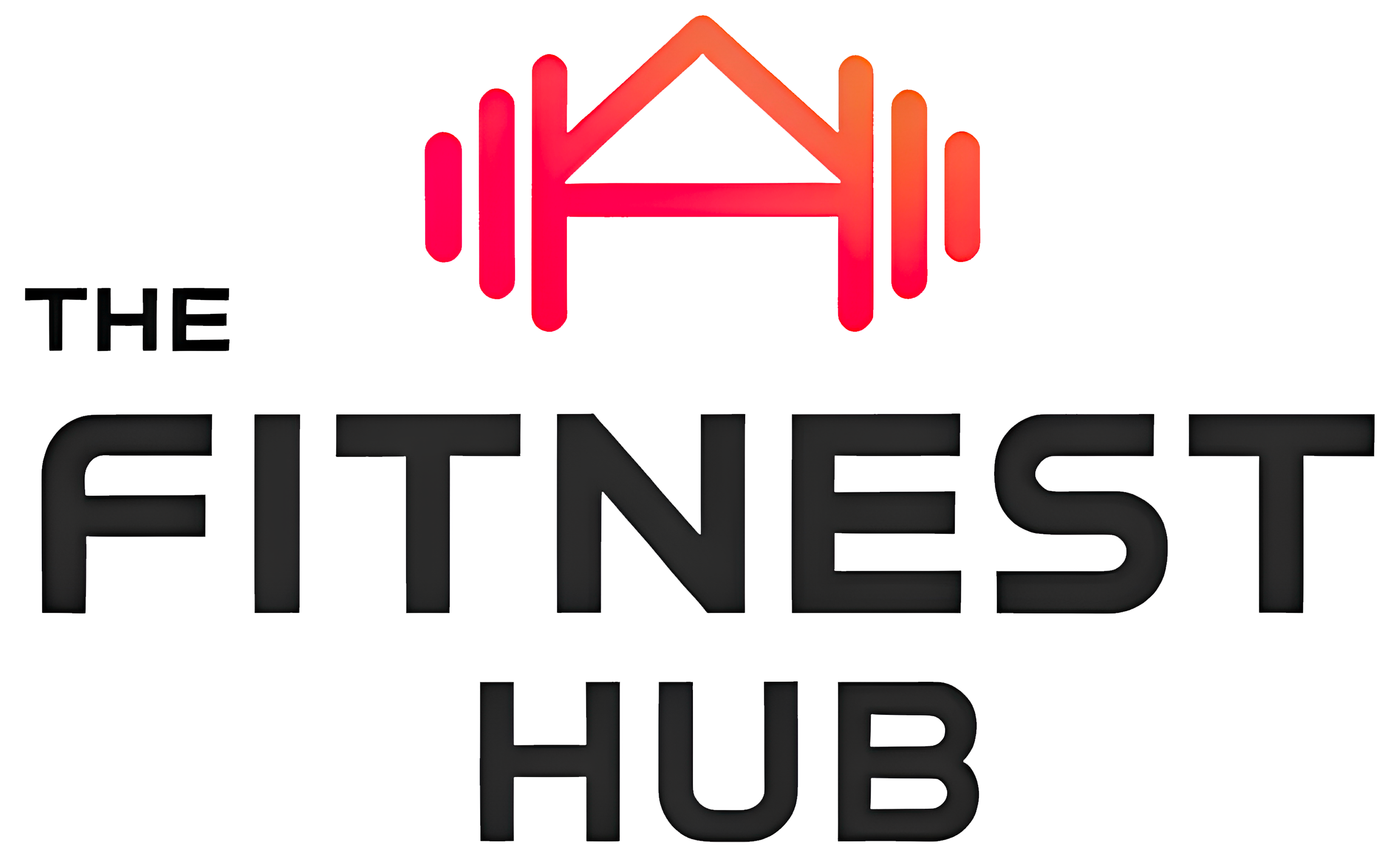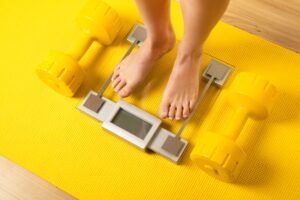The Plank to Push-up is a powerful bodyweight exercise that blends two fundamental movements—planks and push-ups—into one fluid motion. This hybrid move helps strengthen your core, shoulders, triceps, and chest, while also improving stability, balance, and overall control. Functional, adaptable, and equipment-free, it’s a must-have in any well-rounded training routine.
Whether you’re training at home or in the gym, this exercise challenges your entire upper body and builds coordination through controlled movement. It’s especially useful for people looking to increase body awareness, posture quality, and movement efficiency—all while burning calories and reinforcing key stabilizing muscles.
What Is the Plank to Push-up?
The Plank to Push-up (also known as Forearm to High Plank) begins in a forearm plank position and transitions to a high plank (push-up position) by lifting one arm at a time. From there, you return to the forearm plank in the same controlled manner. This continuous up-down motion activates multiple muscle groups and demands strong core engagement to maintain alignment.
It’s a functional movement that mimics real-life body mechanics—shifting weight, stabilizing the spine, and coordinating limbs in unison. It’s not just a strength builder; it’s a coordination drill, a posture improver, and a metabolic booster all in one.
Whether you’re an athlete, a beginner, or somewhere in between, the Plank to Push-up offers both progressive challenge and scalable options, making it suitable for virtually any fitness level.
Key Benefits of the Plank to Push-up
1. Strengthens Your Core and Improves Full-Body Stability
One of the biggest benefits of this exercise is how effectively it trains your core muscles, especially the deep abdominal stabilizers and lower back. Every time you transition between plank positions, your core works overtime to keep your body straight and prevent rotation or sagging.
This not only builds visible strength in your abs but also improves neuromuscular control, helping you stay balanced, reduce injury risk, and move more efficiently—both in workouts and in everyday life. A strong core is your foundation for everything from lifting weights to walking up stairs to maintaining good posture at your desk.
2. Builds Upper Body Strength and Endurance
Transitioning from forearms to hands demands strength from your triceps, shoulders, and chest, while also recruiting muscles in the upper back and rotator cuff to stabilize your shoulder joints. Over time, you’ll notice improved push-up strength, better posture, and more control in other upper-body exercises.
Since this movement requires you to hold your bodyweight and push against gravity, it develops both strength and muscular endurance, especially when performed for higher reps or in circuits.
3. Improves Coordination, Balance, and Body Awareness
The movement may look simple, but controlling the transition without wobbling or shifting the hips requires serious coordination. The Plank to Push-up challenges your proprioception—your brain’s ability to sense your body’s position in space—while also improving unilateral control by alternating arm and side dominance.
This makes the exercise excellent for enhancing motor control, reaction time, and overall movement quality—key factors for athletic performance and injury prevention.
4. Increases Calorie Burn and Boosts Metabolism
Because it engages multiple large muscle groups—especially in a dynamic format—it helps elevate your heart rate and boost your metabolic rate during and after your workout. This makes it a great option for people looking to burn fat, increase definition, or include more calorie-burning movements in their strength training routine.
The constant core activation also contributes to a more efficient calorie burn, especially when performed as part of a HIIT or full-body circuit.
5. Improves Posture and Reduces Injury Risk
This movement requires spinal alignment and teaches your body how to hold correct posture under tension. The more you practice it with good form, the stronger your postural muscles become—especially around the mid-back and shoulders.
Over time, this can help relieve lower back pain, reduce slouching, and improve performance in other lifts and movements. Strengthening the core and shoulders also reduces the chance of overuse injuries or muscle imbalances that often develop with sedentary habits or poor technique.
How to Perform the Plank to Push-up Correctly
Step-by-Step Guide
- Start in a Forearm Plank
Place your forearms on the floor, elbows aligned under shoulders. Keep your body in a straight line from head to heels, with your core engaged. - Press Up Into a High Plank
Press one palm into the floor and extend your elbow to lift into a push-up position. Then place the other hand down and extend that arm as well. - Control the Movement
Keep your hips square and your torso stable. Avoid twisting or rocking side to side. - Return to Forearm Plank
Lower one forearm at a time, carefully and with control, returning to your starting position. - Repeat and Alternate Arms
Perform 6–12 reps per set, alternating which arm leads the movement. This ensures balanced strength development.
Common Mistakes to Avoid
- Letting the hips swing or twist too much
- Dropping the lower back or losing alignment
- Rushing the movement without control
Always focus on form over speed to prevent injury and maximize effectiveness.
Plank to Push-up Variations for Every Level
- Knees on the Floor
A beginner-friendly option that reduces bodyweight load and allows you to master the movement with proper form. - Clap Between Transitions
For advanced athletes—adds explosive power and a cardio element. - Single-Arm Plank to Push-up
Creates intense instability, forcing deeper core engagement and shoulder strength. - Add a Leg Raise
Lifting one leg during the transition increases the challenge to the core and glutes, improving full-body control.
How to Add It to Your Training Routine
You can use this exercise in many different ways, depending on your goals and workout structure:
- As a Warm-Up
2–3 light sets of 5–8 reps to activate the core and upper body before strength work. - In the Main Workout
Combine with exercises like push-ups, planks, squats, or mountain climbers in circuits or supersets. - As a Finisher
Do a high-rep set (to fatigue) at the end of your workout to fully challenge your shoulders and core.
Small Movement, Big Impact
The Plank to Push-up may seem simple, but it delivers powerful results when done with intention and proper technique. It builds full-body strength, boosts coordination, burns calories, and improves overall movement quality—all in a single, compact move.
Whether you’re working out at home, building a travel routine, or adding variety to your training, the Plank to Push-up is a smart and functional addition to any program.




